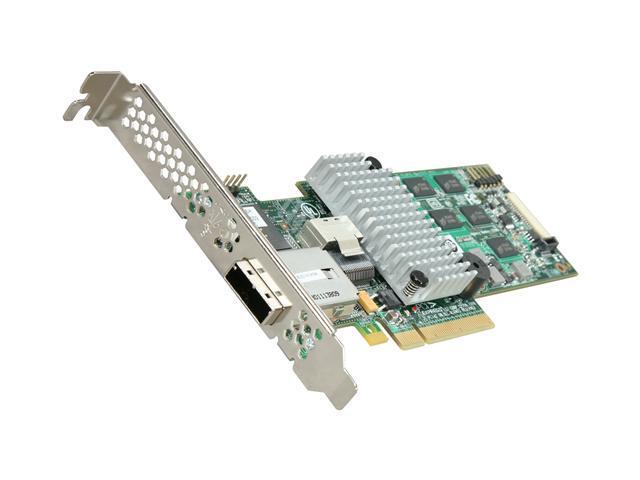
Lsi Sas Update Includes A
0 RAID bus controller: LSI Logic / Symbios Logic MegaRAID SAS 2108 Liberator (rev 05).This update includes a new device driver for LSI Onboard SATA/SAS RAID, supporting Microsoft Windows OS. LSI Logic SAS ControllerThe st driver provides the interface to a variety of SCSI tape devices. Internal Connectors: 4 x SFF-8643 mini-SAS HD Transfer Rate: Up to 12Gb/s Part: 05-25703-00 Operating Systems Supported: Microsoft Windows, Linux (Oracle, SuSE , Red Hat), Solaris, VMware, FreeBSD, CentOS, Canonical, Citrix Model : 05-25703-00 Item : 9SIAM4SD8D9522 Return Policy: View Return PolicyIn today’s blog posting I want to talk more about the differences between the LSI Logic SAS and the VMware Paravirtual (PVSCSI) Controller that you can use in your VMware based Virtual Machines to attach VMDK files. LSI 9305-16i PCI-Express 3.0 x8 Low Profile SAS Host Bus Adapter.

The PVSCSI controller can be also customized within the guest operating system for a better performance. But look at the CPU utilization – it is down to only 48%! That’s a huge difference of almost 20% compared to the LSI Logic SAS driver!But we are not yet finished here. I ran here again the same Diskspd command line as previously:Diskspd.exe -b8K -d60 -o8 -h -L -t8 -W -w30 -c2G e:\test.datThe following picture shows you the test results:You can immediately see that I was able to generate more IOPS – namely 36457, and the average latency also went down to around 1.7ms, which is also a minor improvement. In my case I have configured the E drive of my test VM to use the PVSCSI controller. VMware Paravirtual (PVSCSI) ControllerIn contrast to the LSI Logic SAS controller, the PVSCSI controller is virtualization aware and provides you a higher throughput with less CPU overhead and is therefore the preferred driver when you need the best possible storage performance. But as you can see, the CPU utilization was at around 67%, which is quite high! Let’s try the same with the PVSCSI controller.
Therefore, I ran the following Diskspd command line against my F: drive, which is a VMDK file stored locally on the NVMe Datastore:Diskspd.exe -b8K -d60 -o8 -h -L -t8 -W -w30 -c2G f:\test.datAs you can see, I have achieved here more than 140000 IOPS with an average latency time of only 0.4ms!!! But on the other hand, the CPU utilization was higher as previously – it went up to around 67%. Not that bad! NVMe ControllerBesides my vSAN based Datastore I have also in each HP DL 380 G8 Server a dedicated NVMe based Datastore, where I use a single Samsung 960 PRO M.2 1 TB SSD.During writing this blog posting, I thought it would be also a great idea to benchmark this amazingly fast disk in combination with the NVMe Controller that was introduced with ESXi 6.5. In comparison with the default LSI Logic SAS controller we made an improvement of 6000 IOPS and we have decreased our CPU utilization by 20%. Let’s change therefore these settings to their maximum values by running the following command line within Windows:REG ADD HKLM\SYSTEM\CurrentControlSet\services\pvscsi\Parameters\Device /v DriverParameter /t REG_SZ /d “RequestRingPages=32,MaxQueueDepth=254”After the necessary Windows restart, I have run Diskspd again, and I got the following results:As you can see now, we are getting now more than 39000 IOPS with an average latency of 1.6ms! The CPU utilization is almost the same as previously – it even decreased a little bit. These properties can be increased up to 2.This whitepaper from VMware shows you how you can change these values.
And if the PVSCSI controller is used, it is used with the default queue lengths, which can be also a limiting factor – especially for SQL Server related workloads. As you have seen in this blog posting, the LSI Logic SAS controller gives you much less IOPS with a higher CPU utilization.Unfortunately, I don’t see that many VMs in the field, which are using the PVSCSI controller – unfortunately.


 0 kommentar(er)
0 kommentar(er)
